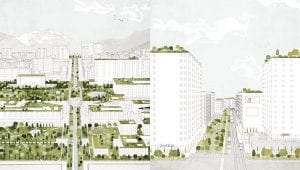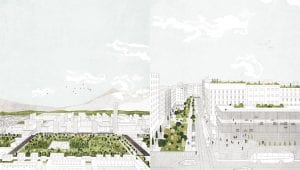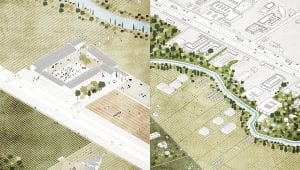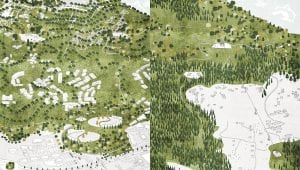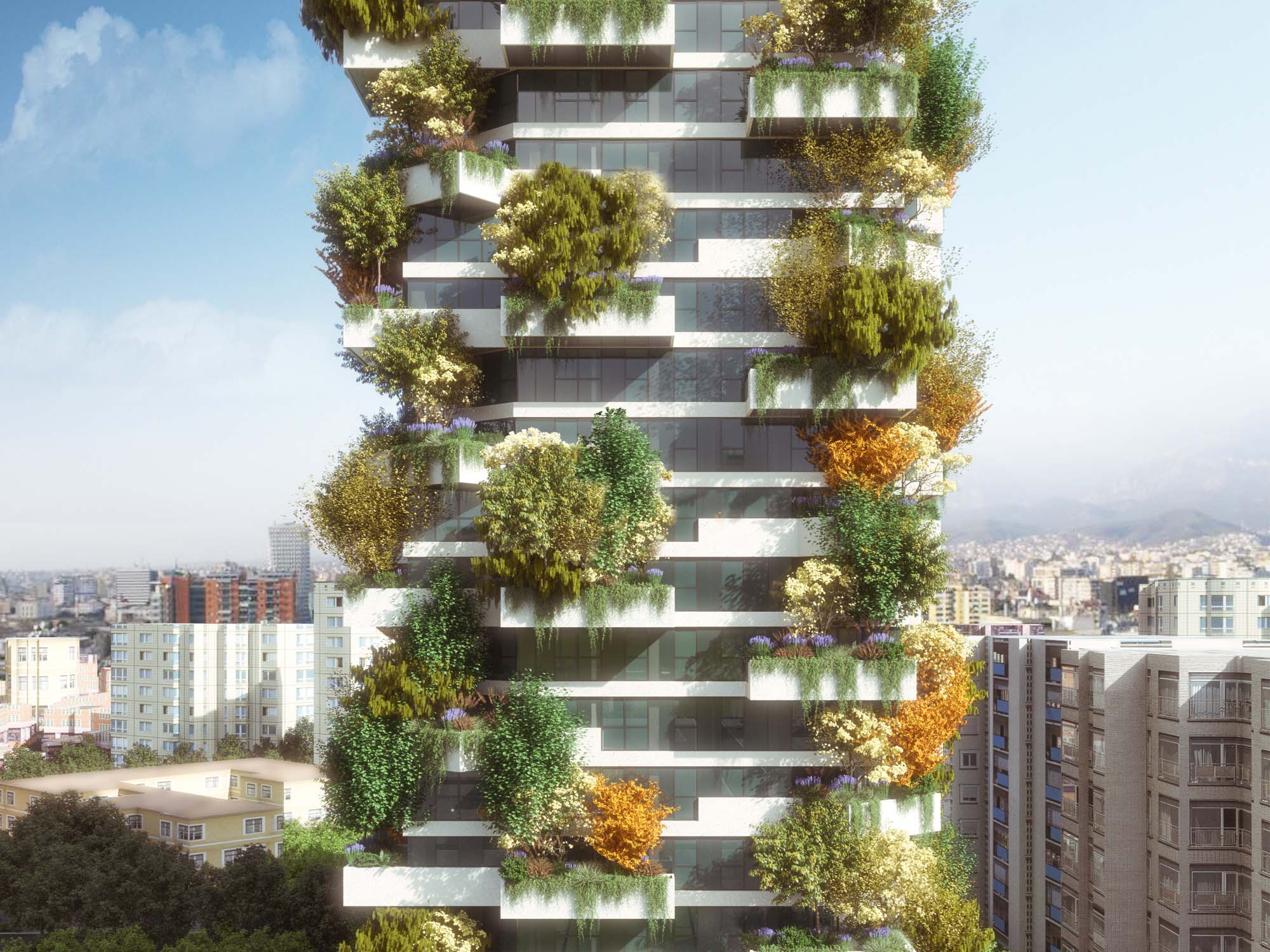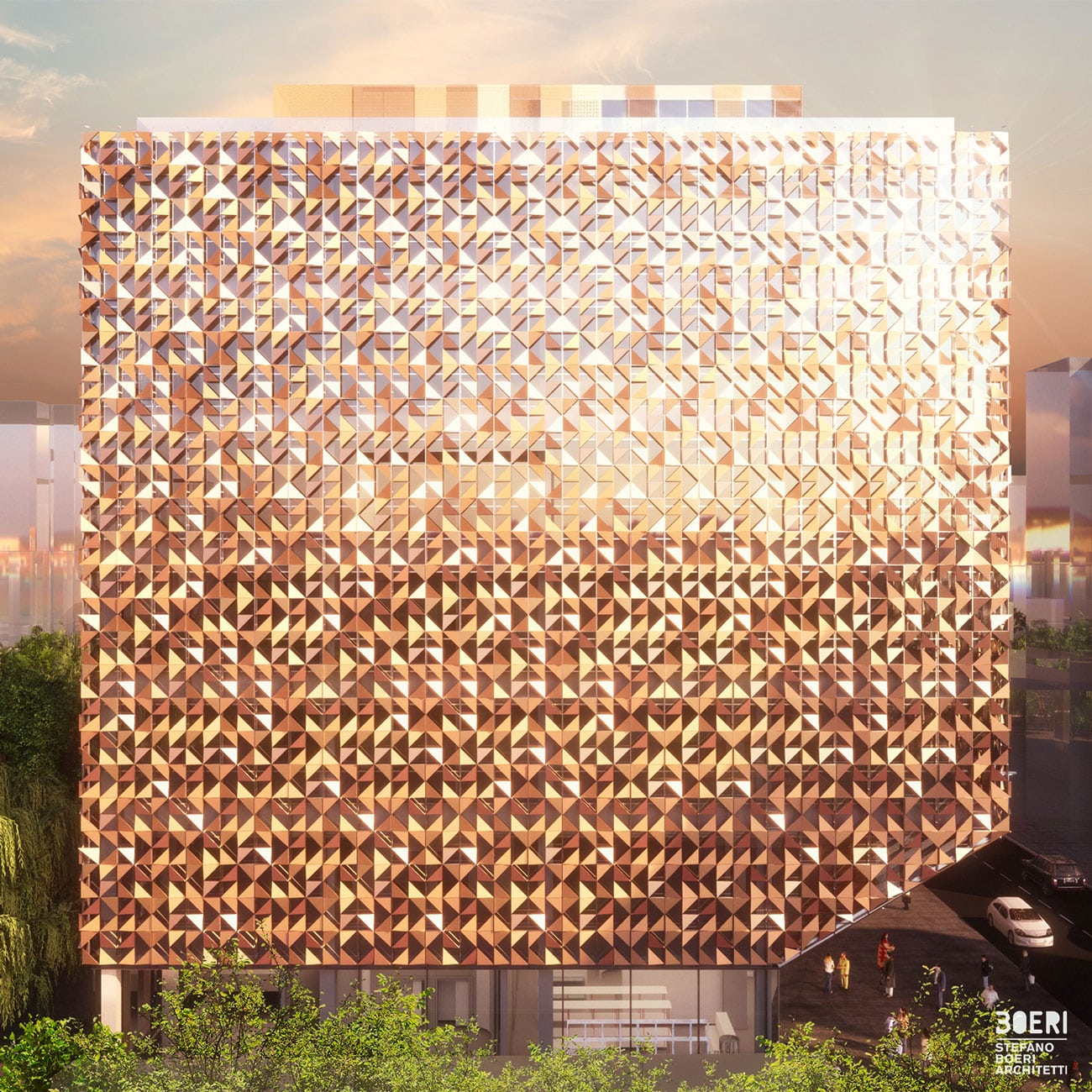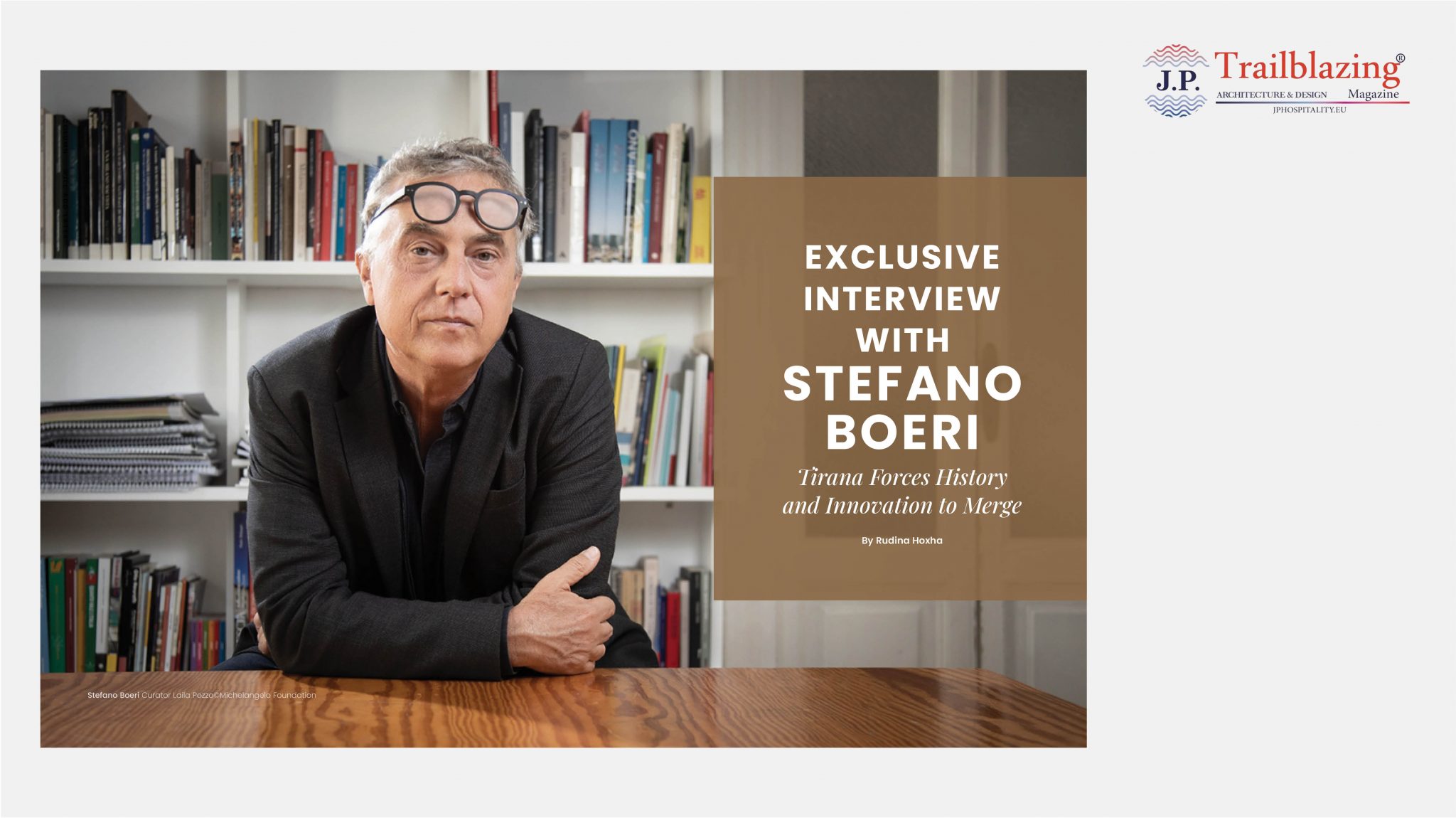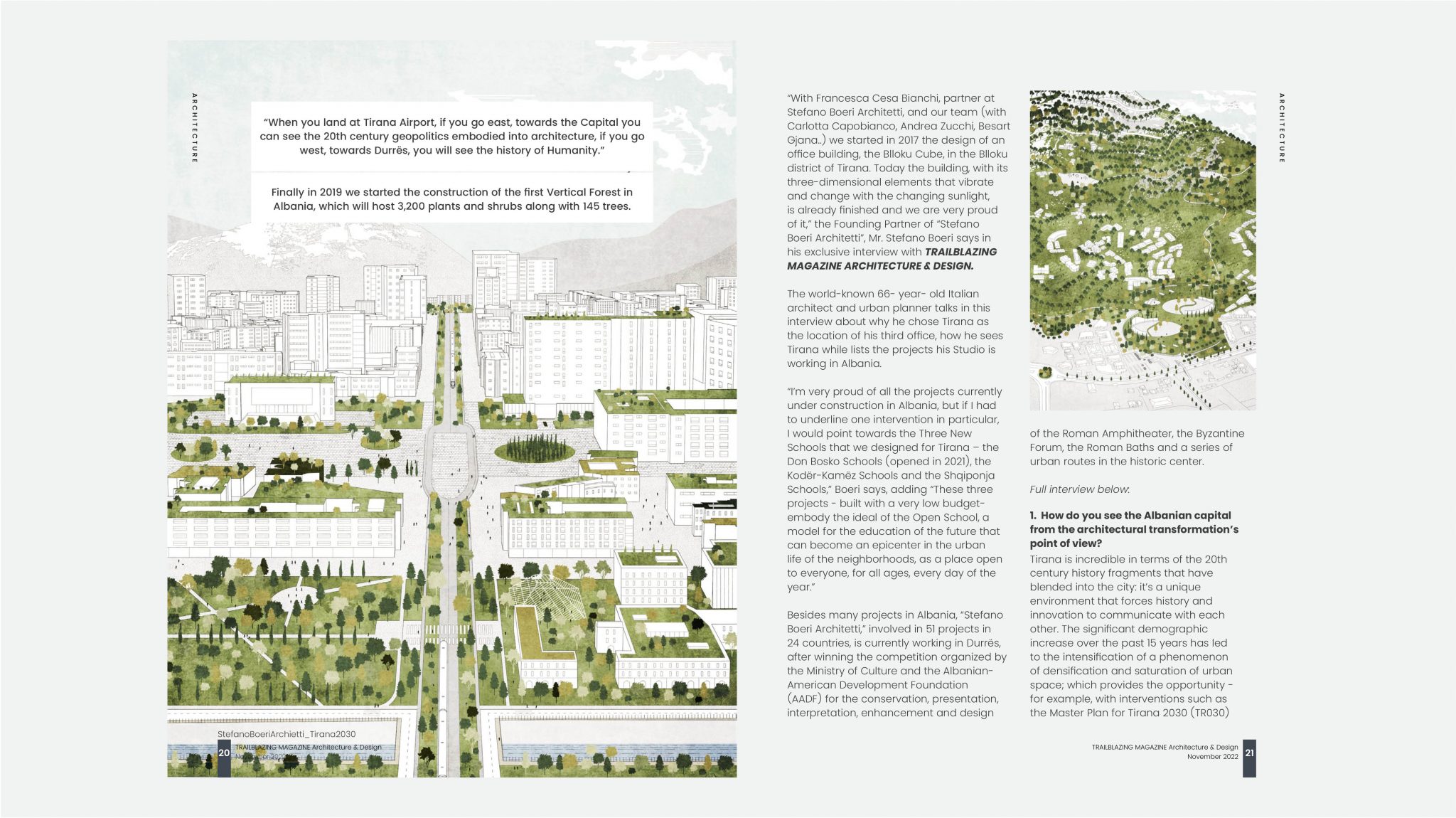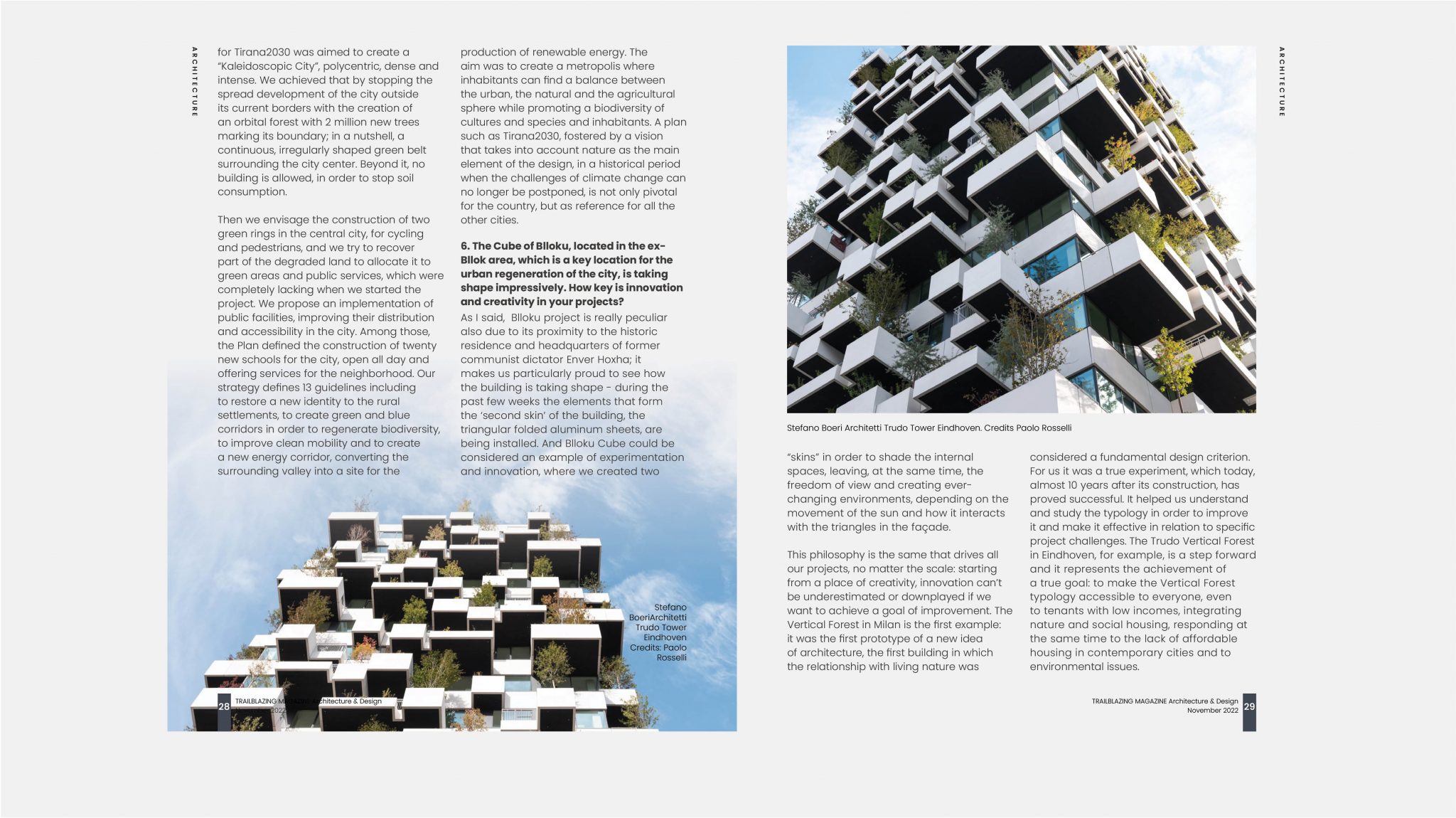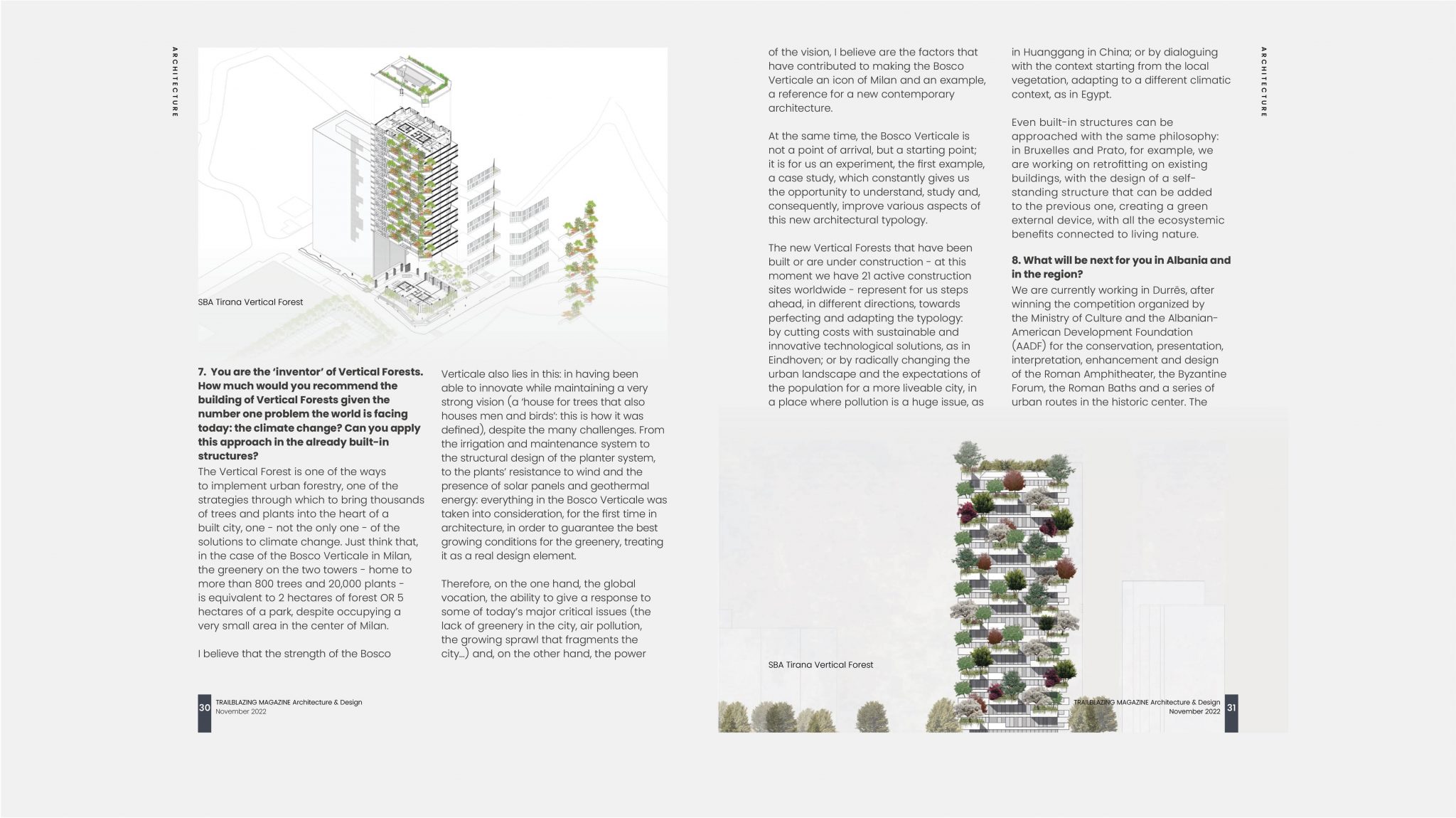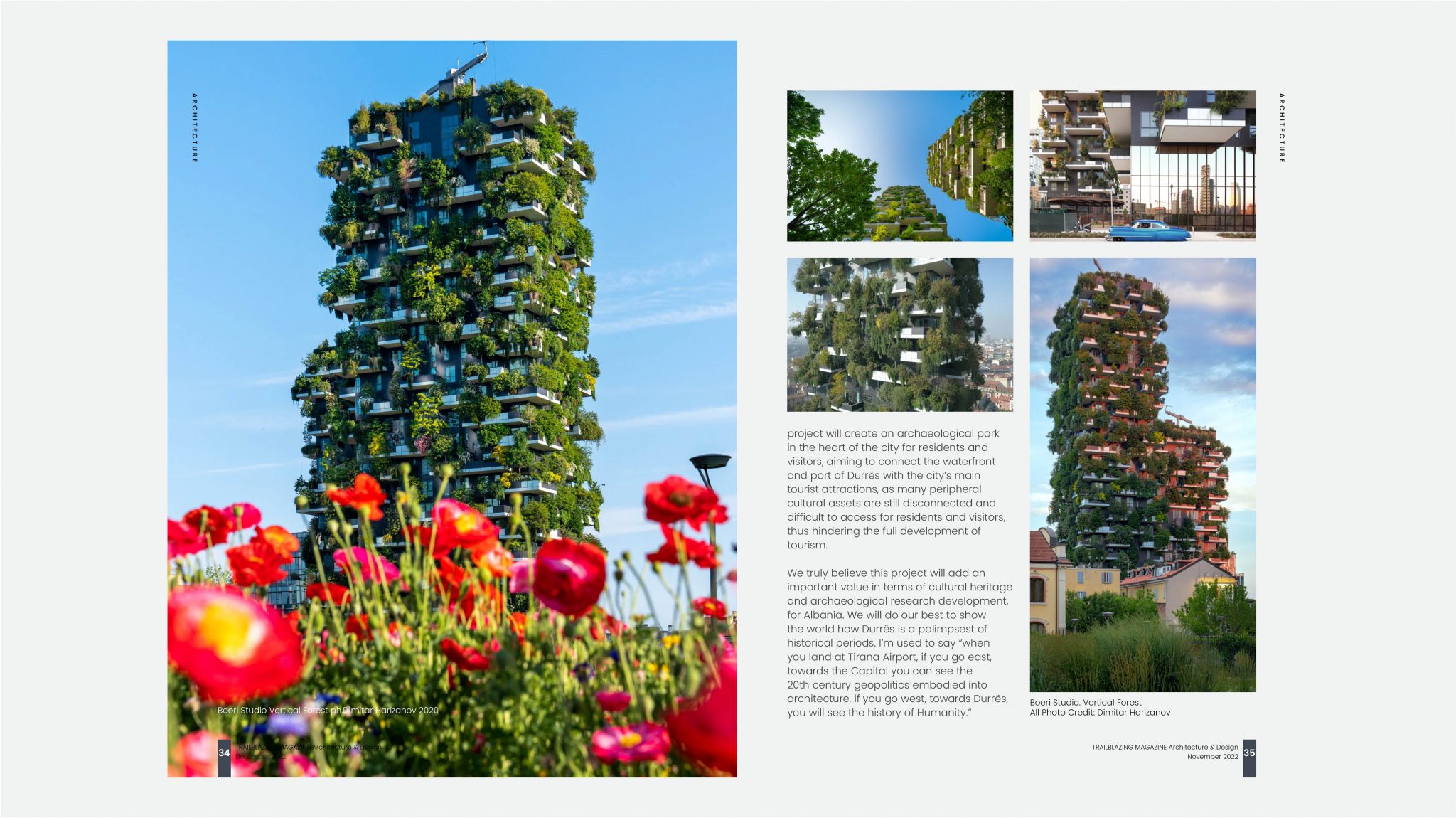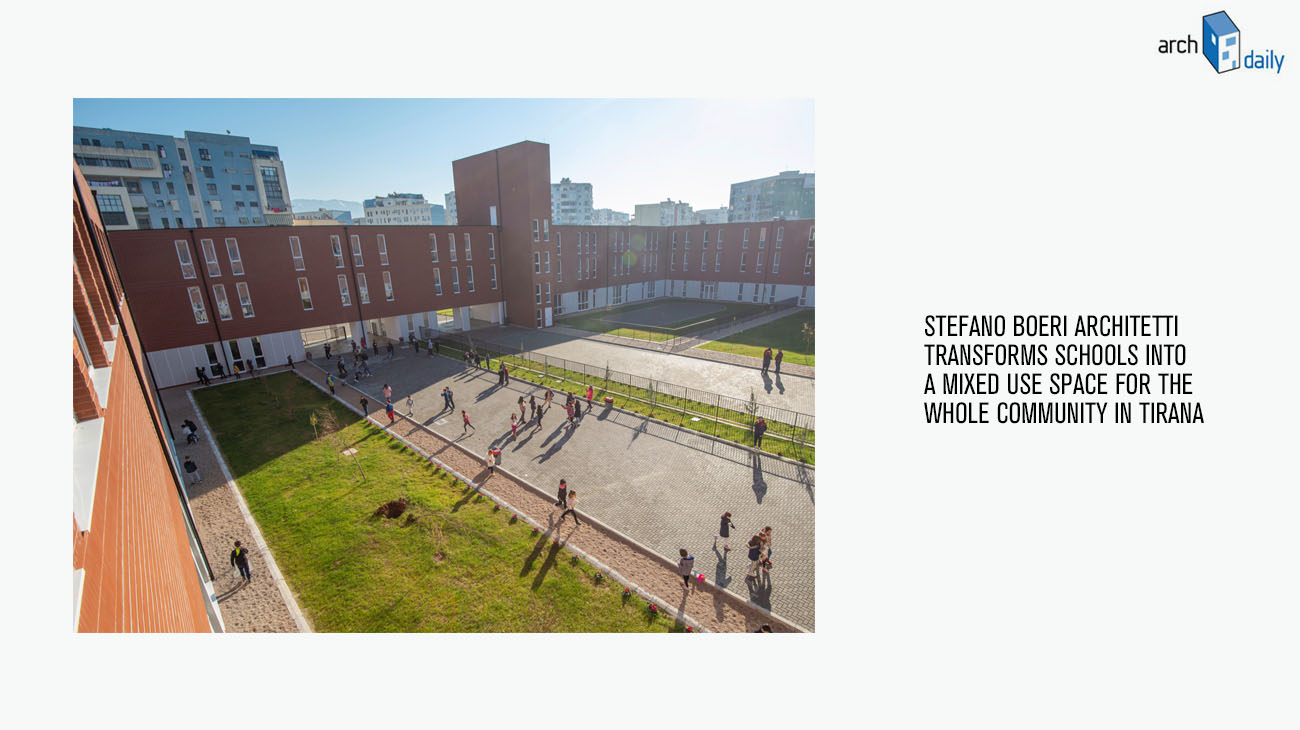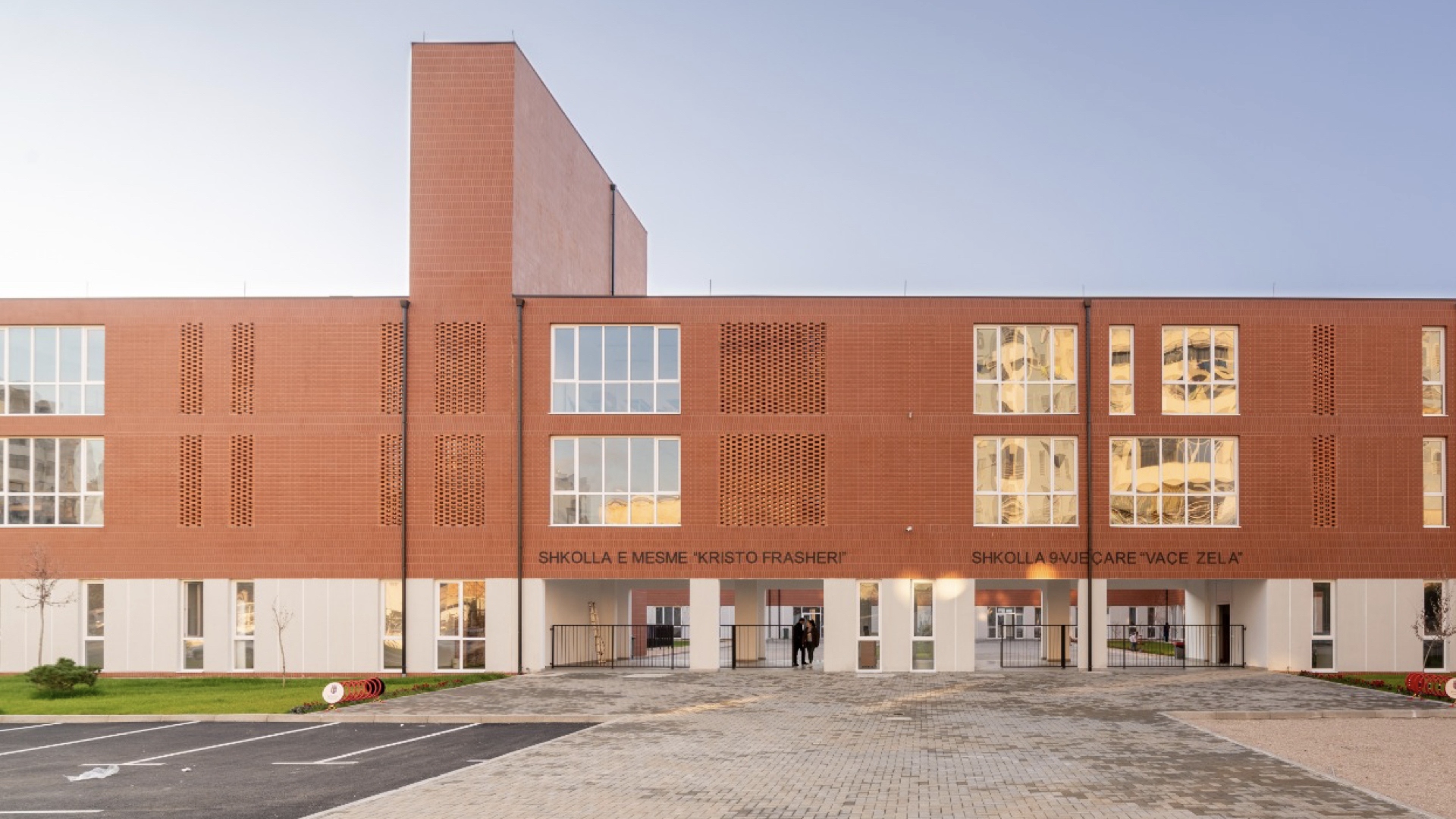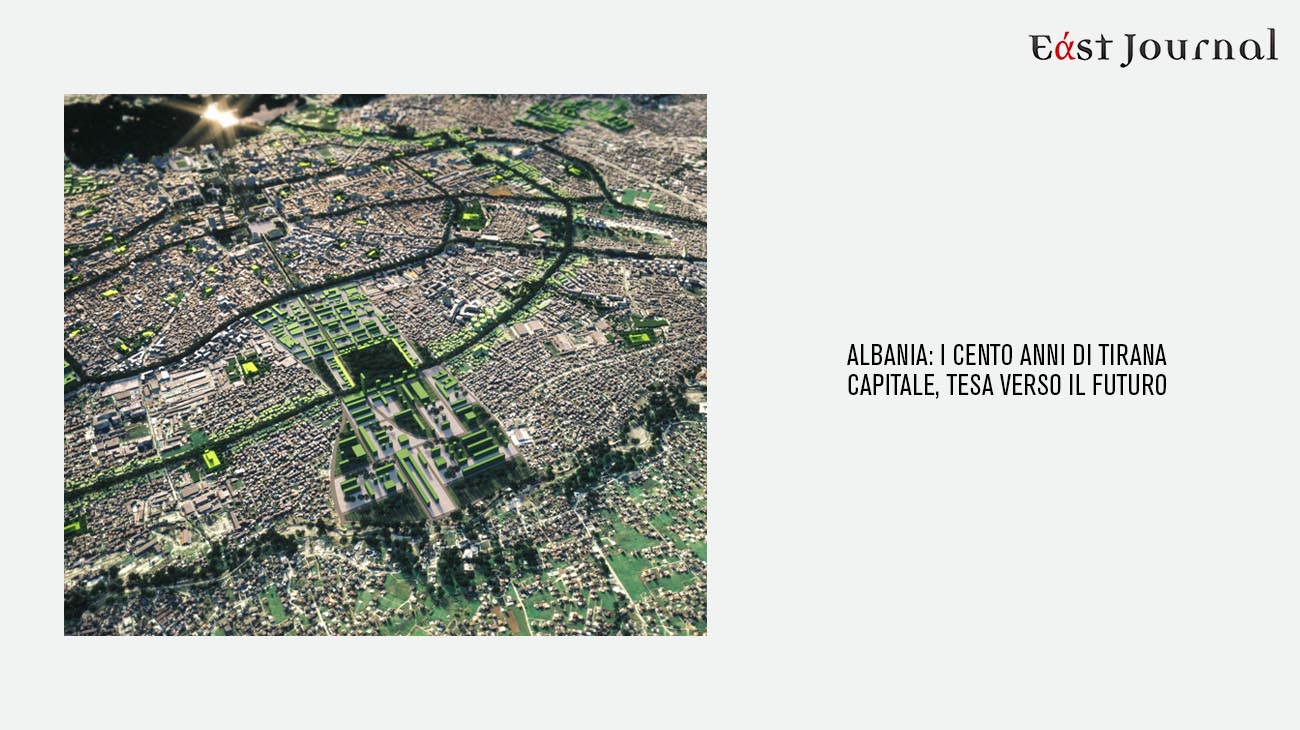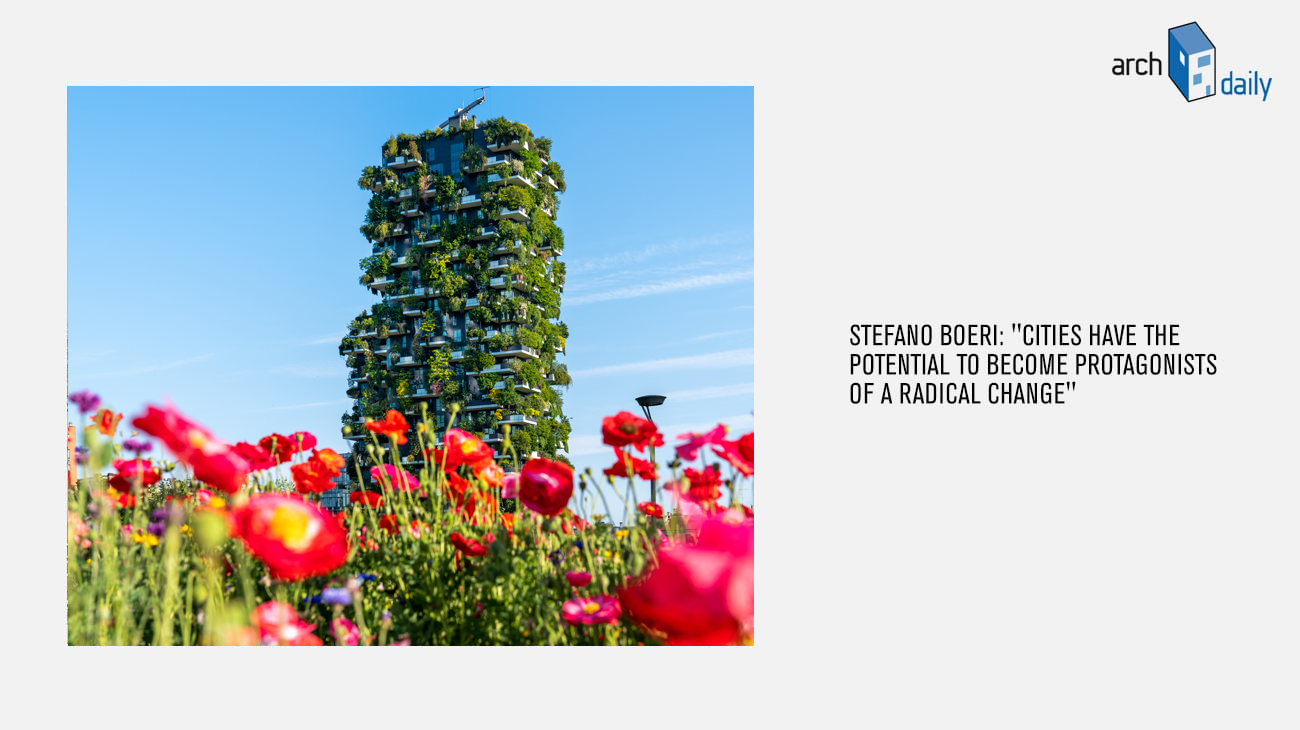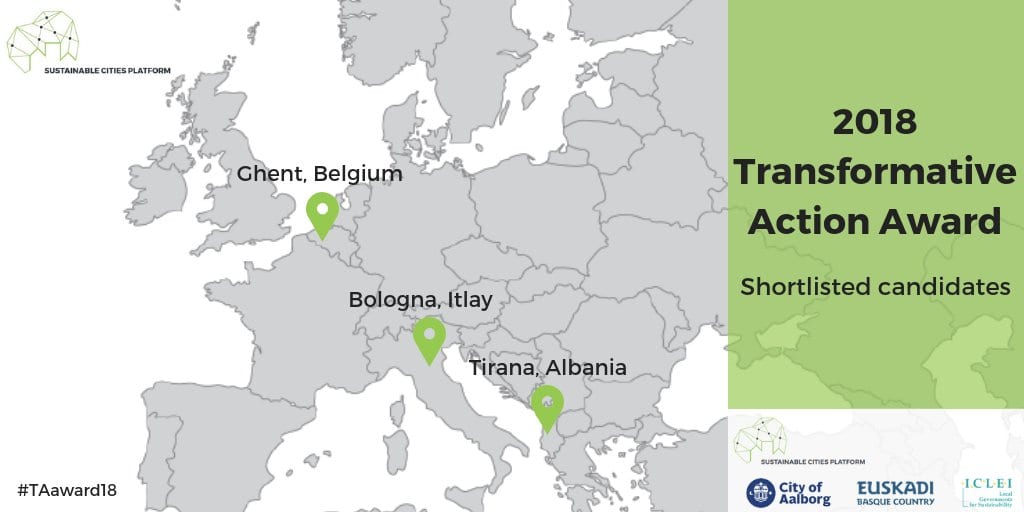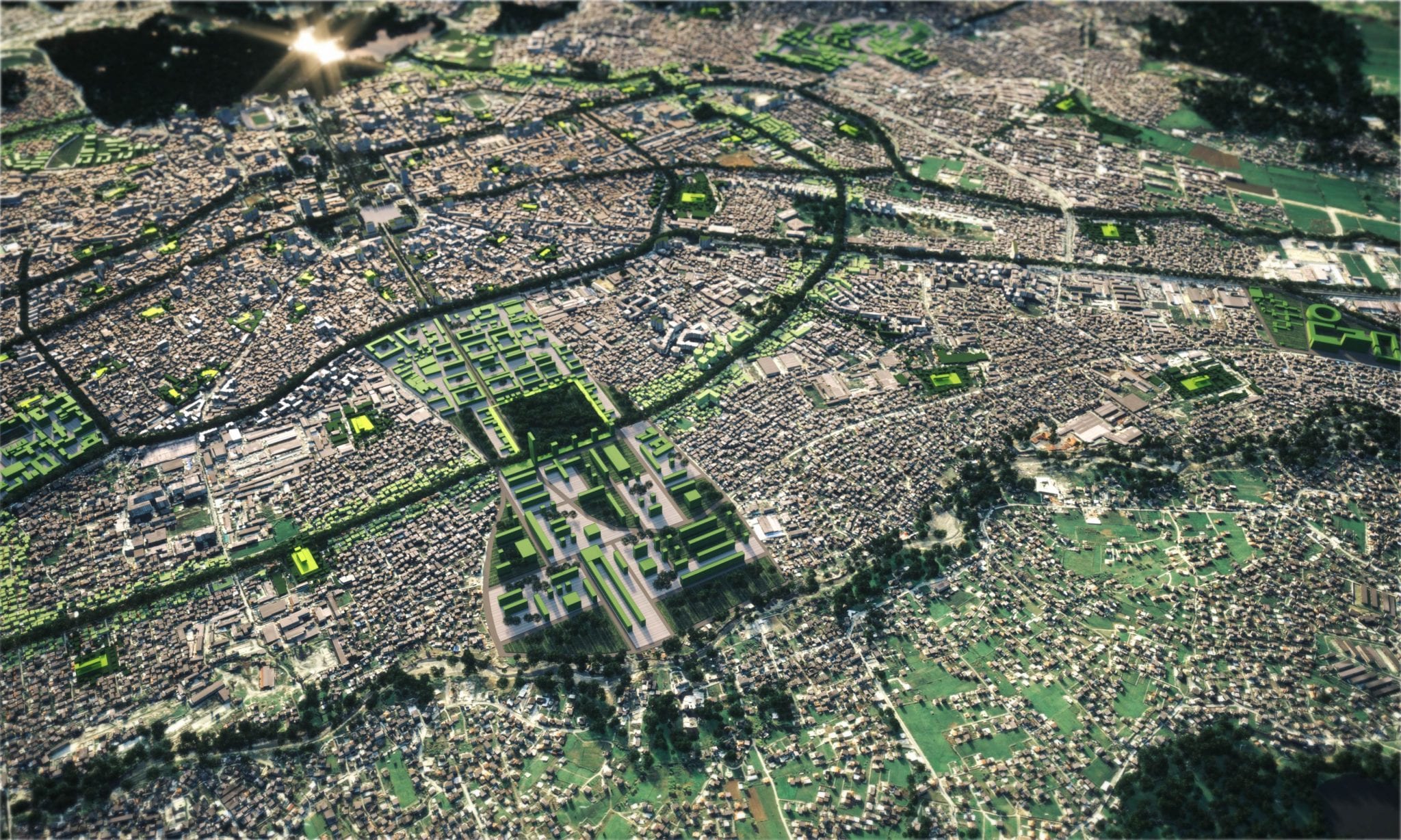Images
Project
Stefano Boeri Architetti, UNLAB, IND
Location
Tirana, Albania
Year
2015 - 2017
Client
Ministry of Urban Development with Municipality of Tirana
Typology
Planning
Commission
General local plan and Masterplan
Design team:
Stefano Boeri (founding partner), Francesca Cesa Bianchi (project leader), Corrado Longa, Michele Brunello, Jacopo Abbate, Jona Arcaxhiu, Orjana Balla, Rudina Belba, Tracy Decolly, Laura Didonfrancesco, Ani Marku, Era Merkuri, Martina Mitrovic, Hana Narvaez, Jona Os, Elian Stefa
Consultants:
(Transports and mobility) Mobycon, arch. Edmond Alite; (Landscape and Environmental Strategy) Laura Gatti; (Landscape and Environmental Analysis)
EMA Consulting; (Infrastructures
and underground utilities) arch. Maria Chiara Pastore, ing. Dritan Bradko, ing. Fatjon Zekaj, ing.
Gezim Tola; (Legal Counsel) avv. Florian Xhafa; (Agronomy) DISAA Dipartimento di Scienze Agrarie e Ambientali-Produzione, Territorio, Agroenergia-Università degli Studi
di Milano; (Sociology) arch. Vasilika Shtephani; Urban Economist: TU Delft; (Urban planner and expert
in GIS cartography) arch. Eri Cobo; (Expert in GIS cartography) Erin Mlloja; (Accessibility) avv. Lisa Noja; (Urban regeneration) arch. Lorenza Baroncelli; (Cultural Heritage) arch. Kreshnik Merxhani; (Culture and events) Tommaso Sacchi
Images, Photos and video Attu Studio, Graphics and corporate identity: 46xy
A plan for the reclaiming of the landscape: this is the vision for the future of Tirana for 2030 and the objective of the project developed by Stefano Boeri Architetti for the capital of Albania.
A century after the Masterplan designed in 1925 by a group of Italian architects led by Armando Brasini, the new Plan defines wide-ranging strategies that aim to inaugurate a new phase in the city’s development. It not only encompasses the entire metropolitan area of Tirana, but also examines the railway connections to the airport and port of Durres, public transport and services, green areas and ecological corridors, new areas of controlled expansion, and the enhancement of the city’s architectural heritage. Compared to the previous century’s Plan, Tirana 2030 reduces by two-thirds the forecasts for the demographic development of the urban area, in favour of a green and accessible city for all, under the banner of functional plurality and a mix of activities.
Starting from the image of the famous fresco Allegoria ed Effetti del Buono e del Cattivo Governo (Allegory and Effects of Good and Bad Government) by Ambrogio Lorenzetti, the theme of the ‘kaleidoscopic city’ is defined as a model for a new balance between city and nature.
Tirana 2030, the ‘identity card’ of the city’s future development, is composed of three founding pieces that correspond to three phases in the drafting of the Master Plan, each with a progressive level of depth and definition. The ‘Metropolitan Fresco’, based on ten major themes (biodiversity, polycentrism, diffuse knowledge, mobility, water, geopolitics, tourism, accessibility, agriculture, energy) conveys the overall vision of the Plan; the ‘Atlas’, composed of 13 strategic projects located in the territory, defines the interventions that can trigger the development outlined by the ‘Fresco’ and that will then be realised through a ‘Charter of rules’ whose drafting represents the third phase of the Plan’s implementation.
The main strategy starts by considering the containment of land use as imperative; at the same time, the development of the city vertically, within defined limits and boundaries, frees up land areas within the densely built-up area. In fact, Tirana, although characterised by low average heights, has one of the highest densities in Europe, which compresses its open spaces. Leveraging the void to generate public space is therefore a priority of the project, as well as emphasising, even within the urban boundaries, the relationship with greenery, nature and agriculture.
The theme of restoring the natural dimension in Tirana’s urban environment is articulated in several operational tools: the green areas in the city are tripled through a multifaceted intervention, which envisages a continuous orbital forest system around the city, with two million trees, including parks and protected nature reserves to preserve and nurture local biodiversity; new ecological corridors along the Lana, Tirana and Erzeni rivers; a green ring road, the ‘4th Ring’, intended as a linear public space and mobility area, barycentric with respect to greater Tirana. The system thus generated also constitutes a true ecological corridor, capable of stimulating energy production through the use of renewable sources.
Among the Plan’s objectives, the implementation of citizen services plays a fundamental role, with a special focus on education. Specifically, the Plan calls for the construction of twenty new schools, overlooking a network of open spaces and urban squares, shaping a new public and inclusive city. Among these, the Park of the World is a new square destined to host the Embassies of all countries, precisely to underline and consolidate the geopolitical dimension of the city and its role on the international scene.
The project also redesigns the urban mobility system: introducing the congestion charge in the central areas, encouraging car sharing, favouring a system of dedicated bus lines, with the extra-urban fast line connecting the airport and Dëshmorët and Kombit boulevards (the city’s historical central axes), and rationalising connections with the outer centres. At the same time, the Masterplan defines, both within the consolidated city and in the peri-urban and rural areas, the new ‘epicentres’ for Tirana’s urban, economic and social development, tracing the lines of the future ‘polycentric and kaleidoscopic’ city.
Finally, the plan envisages the revitalisation of minor centres as a diffuse network of tourist, agricultural and productive poles, in communication with each other and with the urban area. This way, the plan intends to polarise the chaotic density of the consolidated city through the enhancement of sparsely populated peri-urban areas and satellite centres with specific potential.

